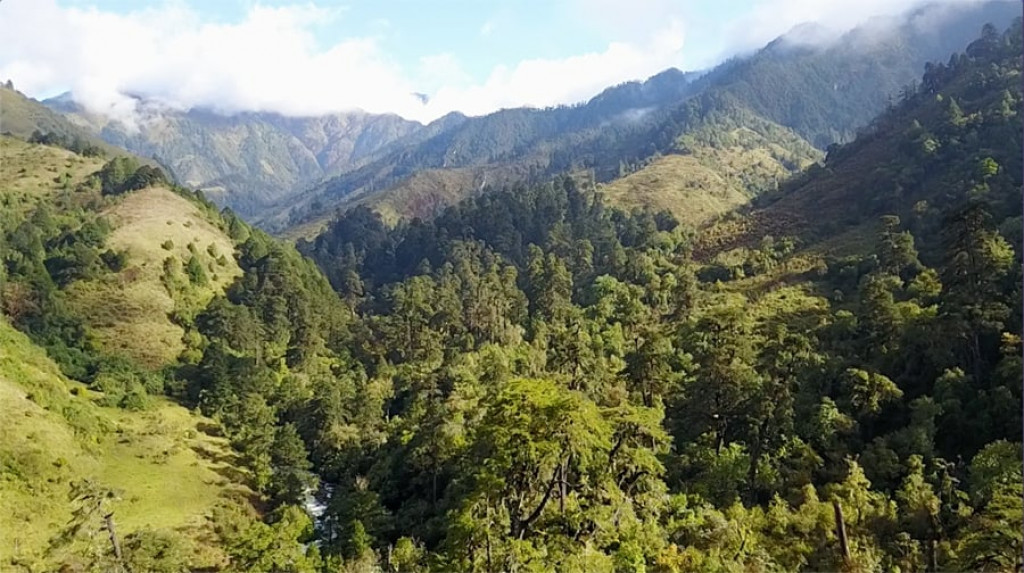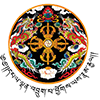News & Stories

Despite having over 69 percent of forest cover, Bhutan imports more wood products. So, forest resource assessments show that the country could increase its forest utilization with the availability of advanced harvesting and processing technologies while maintaining its forest cover targets. This is according to the ‘Bhutan Country Environmental Analysis: Taking the Green Growth Agenda Forward’ report which was launched today. The Department of Environment and Climate Change with support from the World Bank launched the report.
The report has identified areas of investment in the wood-based manufacturing sectors that could generate high-value-added products within the forestry sector.
The report recommended sustainable strategies such as adopting glue-laminated timber or Glulam timber technology at a larger scale and establishing a mid-scaled production of charcoal within the country.
Glue-laminated timber is a type of engineered wood product made by bonding together layers of timber with strong adhesives.
The report states that investing in glue-laminated timber could help reduce the construction sector’s dependency on steel-based structures. The country imports about 43 per cent of fabricated steel from India.
According to the report, a pilot Glulam factory has been set up in the country with the help of a Swiss company.
Investing in domestic production of charcoal could allow for a high-value-added use of fuelwood. Fuelwood is currently largely used by rural households for different purposes with little opportunity cost with the achievement of electrification.
The report states that the Charcoal demand of the industries in the country is currently met by importing from India. Industries use charcoal as a carbon reduction agent.
“Bhutan has currently high-value biodiversity that has been maintained, increased, and improved. Here it qualifies for the biodiversity premiums on its carbon credits. I believe this is well understood in the government and this is something that you should be able to tap on as a potential,” said Gayane Minasyan, Lead Environment Specialist of Environment and Natural Resources Global Practice.
“The focus of this piece of work is to engage in discussion in creating more wealth out of natural capital. The country has grown a lot over the past 20 years based on natural capital mostly as a result of investments in hydro and tourism but the assessment that has been made in this report is there are several untapped pockets and that is important in the context of the 13th plan to look into them,” said Christophe Crepin, Manager of Environment, Natural Resources and Blue Economy.
According to the 2019 Social Accounting Matrix, the country imported USD 52.4 M worth of wood-based products which is more than Nu 4.33bn while only USD 0.9 M worth of wood-based products were exported.
The ‘Bhutan Country Environmental Analysis: Taking the Green Growth Agenda Forward’ report offers insights and analysis on the country’s environment, serving as guidance for policymakers striving for sustainable development.
Source: Bhutan Broadcasting Service (BBS)
Download

